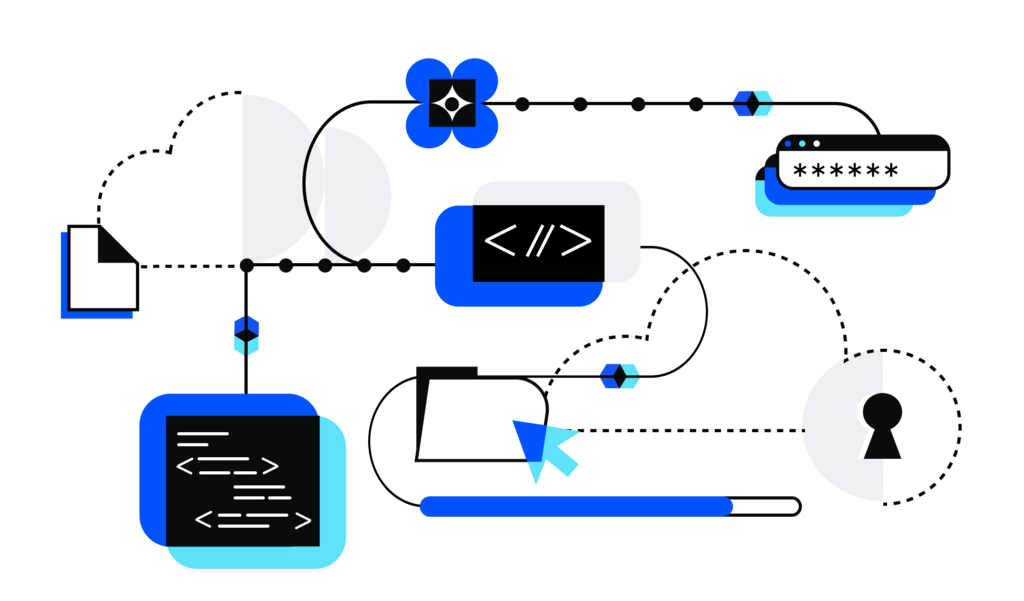By Joe Lallouz, Head of Coinbase Cloud
Coinbase Cloud is pleased to announce support of liquid staking through a collaboration with the Acala Foundation, starting with KSM liquid staking on Karura.
Liquid staking lets token holders stake their tokens while still putting them to work in DeFi — without being subject to unbonding periods. This offers token holders more opportunities to participate in the crypto economy.
Liquid staking is an important initiative that has the potential to bring even more participants into the growing Polkadot DeFi ecosystem, help unlock more value for token holders, and onboard more users into web3.
The significance of liquid staking
In traditional proof-of-stake networks, users who stake their assets are subject to an unbonding period where they cannot withdraw their tokens before a given time period. This time period is different for each protocol, such as 28 days for Polkadot and 7 days for Kusama. Additionally, even though users are earning rewards on their staked tokens, they are unable to use staked tokens in other applications.
Liquid staking changes that — It lets users earn both staking rewards as well as any rewards that would accrue from using their tokens in DeFi applications.
Through this process of liquid staking, users can stake their tokens and receive a representative L-Token in exchange (e.g. stake DOT and receive LDOT). The L-token represents both the principal staked asset as well as the staking yield that continues to accrue. L-Assets are tradable across all chains on the Polkadot and Kusama networks and are redeemable for the underlying asset at any time. Therefore, stakers are able to maximize their potential rewards. We must note that, like many other proof-of-stake networks, users also risk losing a portion of their tokens in the event that a validator is slashed.
Liquid staking launched for Karura in 2021, which allows users to stake KSM tokens on Karura in exchange for LKSM. To support the initiative, Coinbase Cloud is powering allowlisted validators that receive delegations from the community. LKSM offers liquidity for staked KSM, as users are not subject to an unbonding period and can unbond at any time for a small fee. This newfound liquidity will enable users to use their LKSM to earn yield in other use cases, such as to earn yield on Anchor Protocol in Acala’s recently announced integration. Early unbonding allows users to instantly exit staking positions, instead of waiting for the standard seven days unbonding period, eliminating the opportunity cost of the unbonding period.
Once live, the mechanism for liquid staking on Acala will function in the same way. Users can stake DOT and receive LDOT in return.
Liquid staking is set to lay the foundation for a number of new use cases, including minting aUSD (the native stablecoin of the Polkadot and Kusama ecosystem), creating new synthetic assets, and additional yield opportunities for aUSD and L-tokens. As the crypto and Polkadot DeFi ecosystem continue to grow, initiatives like liquid staking create opportunities to unlock additional value for token holders and help the network grow and scale securely through increased participation.
What’s Next?
Running high-performance validators with uptime is critical to helping protocols scale and ensuring that those who have staked their tokens continue to earn rewards. Coinbase Cloud has deep expertise in decentralized infrastructure and the Polkadot ecosystem, which positions us as an ideal infrastructure provider for the liquid staking initiative.
Coinbase Cloud has been closely involved with the Substrate ecosystem, having worked on Polkadot and Kusama since their earlier testnets and offering web3 builders a comprehensive solution of infrastructure solutions for Substrate.
For those looking to participate and build in Polkadot, Kusama, Acala, and Karura more broadly, check out our protocol guides for Polkadot, Acala and Karura. Or, visit our secure read/write infrastructure solutions for builders. Get in touch with our team to learn more.
Token holders looking to participate in the Polkadot DeFi ecosystem can participate in Acala liquid staking today. Visit the Karura Wiki for more information.
*This document and the information contained herein is not a recommendation or endorsement of any digital asset, protocol, network, or project. However, Coinbase may have, or may in the future have, a significant financial interest in, and may receive compensation for services related to one or more of the digital assets, protocols, networks, entities, projects, and/or ventures discussed herein. The risk of loss in cryptocurrency, including staking, can be substantial and nothing herein is intended to be a guarantee against the possibility of loss.
This document and the content contained herein are based on information which is believed to be reliable and has been obtained from sources believed to be reliable, but Coinbase makes no representation or warranty, express, or implied, as to the fairness, accuracy, adequacy, reasonableness, or completeness of such information, and, without limiting the foregoing or anything else in this disclaimer, all information provided herein is subject to modification by the underlying protocol network.
Coinbase Cloud Works with Acala Foundation to Support Liquid Staking was originally published in The Coinbase Blog on Medium, where people are continuing the conversation by highlighting and responding to this story.



